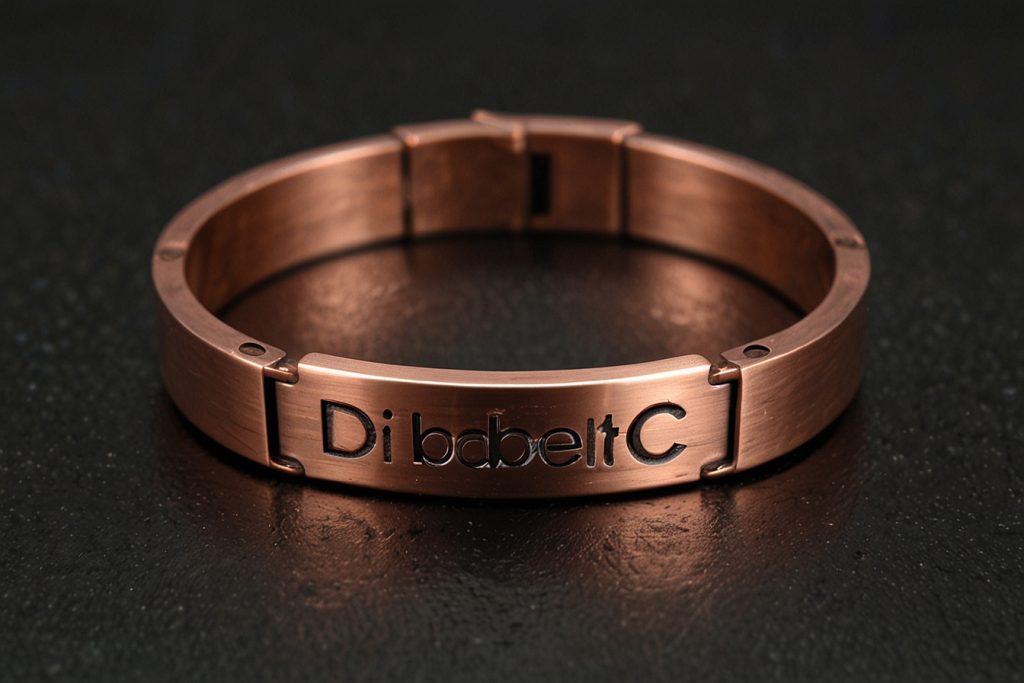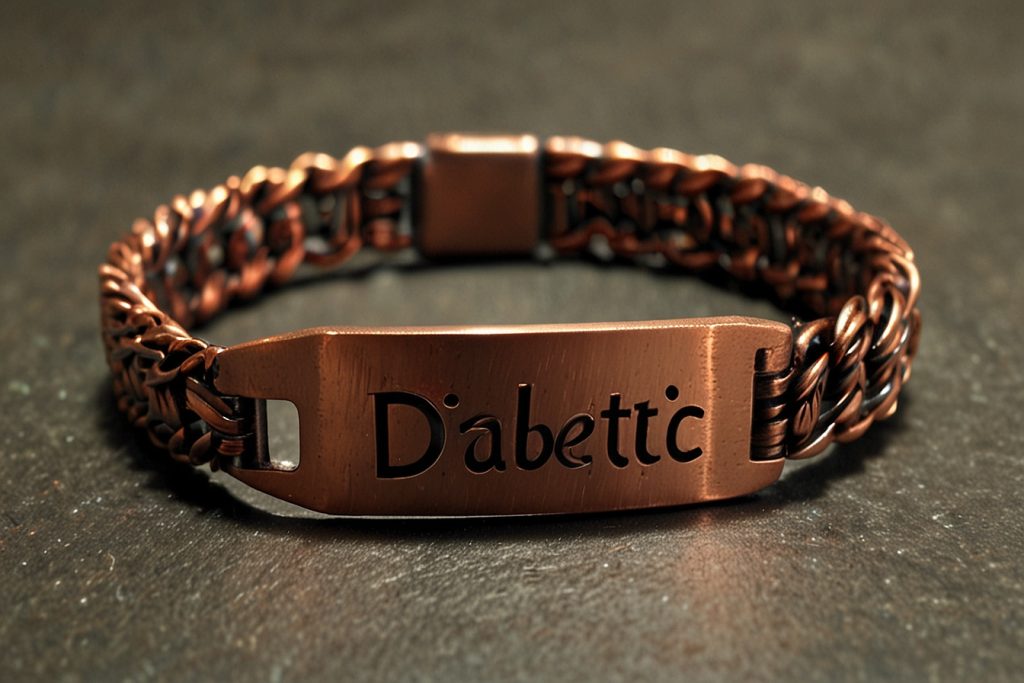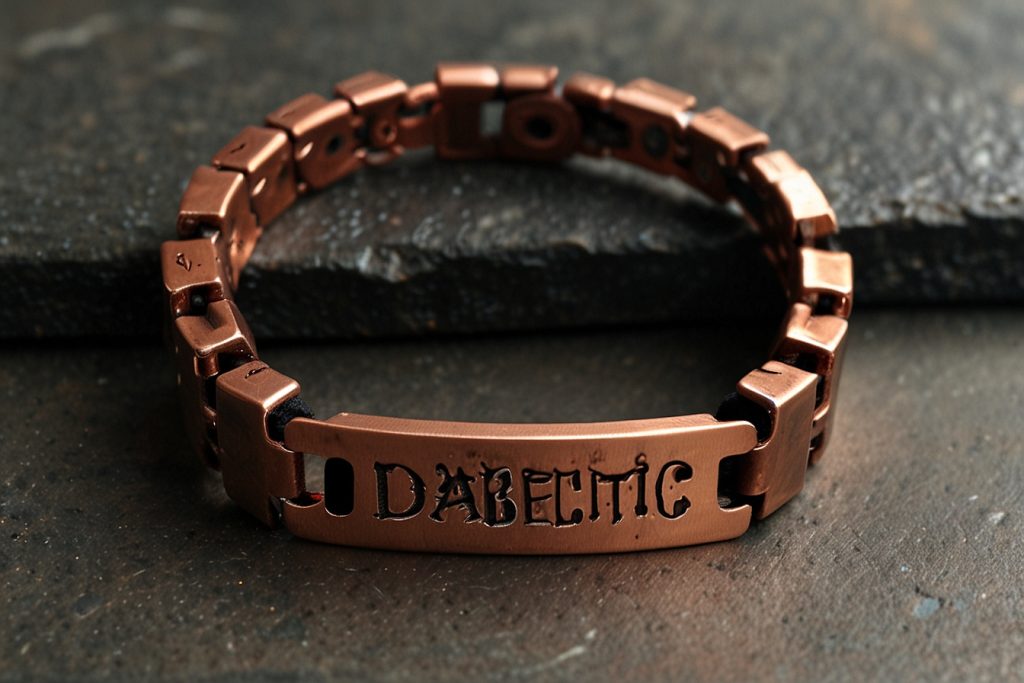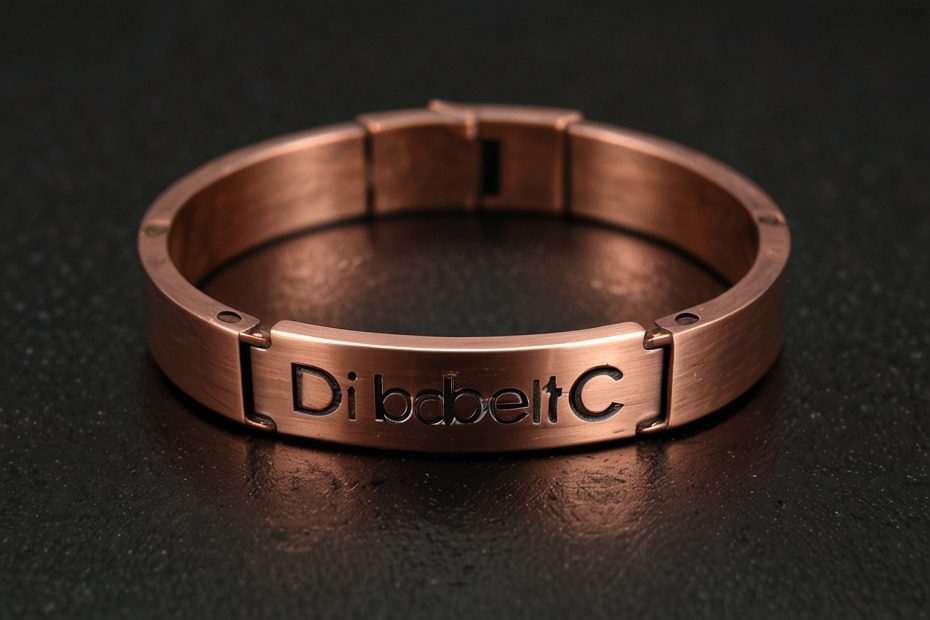Introduction
In the realm of diabetic care, the focus often lies on the most effective medical treatments and dietary adjustments. However, accessories like the copper diabetic bracelet are gaining attention for their dual functionality—offering a stylish accessory option while purporting to provide health benefits. Copper bracelets have been worn for centuries by those believing in their anti-inflammatory and antimicrobial properties, and now, they are being tailored specifically for individuals managing diabetes.
The allure of a copper diabetic bracelet lies not only in its potential health benefits but also in its appeal as a fashionable piece of jewelry that serves a practical purpose. For those with diabetes, wearing a bracelet that subtly communicates their health condition can be crucial in emergency situations. Moreover, the intriguing aspect of copper’s supposed health benefits adds another layer of interest. This article will delve into the functionality, the purported health benefits, and the aesthetic appeal of copper diabetic bracelets, exploring why they might be more than just a simple piece of jewelry.

Development
Understanding Copper Diabetic Bracelets
Copper diabetic bracelets are not just ordinary pieces of jewelry. They are specifically designed to serve individuals with diabetes. These bracelets are often engraved with critical health information that can speak for a person in an emergency where they might be unable to communicate effectively.
Design and Functionality
The design of these bracelets balances aesthetics with functionality. They often feature a sleek, minimalistic look with a small engraving that indicates the wearer’s diabetic status. The choice of copper as a material is not arbitrary—copper is renowned for its durability and its timeless appeal in jewelry making.

Health Benefits of Copper
Copper has been cited in various folk medicine traditions as having several potential health benefits:
- Antimicrobial Properties: Copper is known for its ability to resist bacteria, which can be particularly beneficial for people with diabetes who are at higher risk of infections.
- Anti-inflammatory Effects: Some believe that copper can help reduce inflammation, although scientific evidence to fully support this claim in the context of diabetes management is limited.
- Improved Circulation: There are anecdotal reports that wearing copper can help with circulation, which is a significant concern for those with diabetes.
Choosing the Right Copper Diabetic Bracelet
When selecting a copper diabetic bracelet, there are several factors to consider to ensure it meets both medical and personal needs:
Quality of Material
Ensure the bracelet is made from pure copper. High-quality copper not only lasts longer but also minimizes the risk of skin irritation.

Customization
Opt for customizable bracelets where you can engrave personal health information, which can be vital during medical emergencies.
Comfort and Fit
Choose a bracelet that fits well—neither too tight nor too loose. Comfort is crucial, especially if the bracelet is to be worn daily.
Market Leaders and Their Offerings
Several brands specialize in crafting high-quality copper diabetic bracelets. Some notable names include:
- MagnetRX: Known for their therapeutic bracelets, they offer copper options with elegant designs.
- Sabona: A reputable brand that produces a range of copper bracelets, including styles specifically aimed at diabetics.
- Copper Healing: Specializes in copper jewelry with options to customize for medical alert purposes.
Conclusion
The copper diabetic bracelet represents a fusion of tradition, style, and health management. While the scientific community continues to explore the full extent of copper’s benefits, the popularity of these bracelets among diabetics is indicative of their valued role. Not only do they serve as a fashionable accessory, but they also provide a critical function in health management. As with any health-related accessory, it is advisable for users to base their choices on both comfort and the credibility of the health benefits claimed by manufacturers. In embracing such pieces, individuals with diabetes can express their style confidently while being mindful of their health needs.
